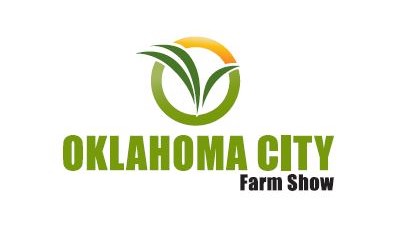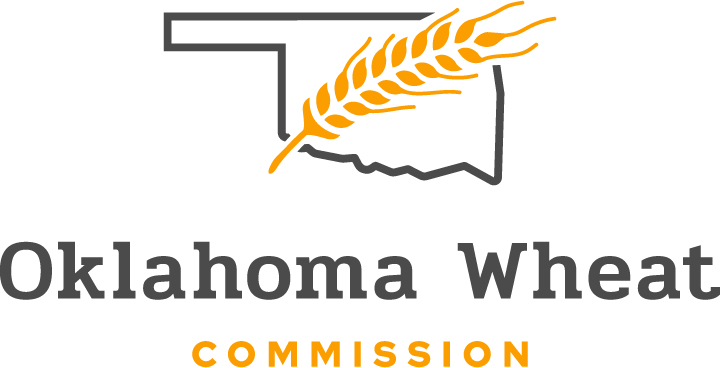
Agricultural News
How Will Precision Agriculture Help Farmers Meet Food Demand Sustainably?
Thu, 18 Aug 2022 13:00:57 CDT
U.S. farmers work every day to make the United States a sustainable source of wheat for domestic and overseas use. They assume enormous levels of risk. And, as they are asked to do more with less by their customers and society, farmers lead the way in the use of innovations like precision agriculture technologies.
Precision agriculture uses information technology and “smart” equipment to ensure that crops and soil receive exactly what they need for optimum health and productivity. The goal is to ensure economic and environmental sustainability for the farmer and the public.
The U.S.-based Association of Equipment Manufacturers (AEM) has published a whitepaper that identifies trends that may influence the future of global food production, including several that touch on precision agriculture. An online publication called Precision Farming Dealer recently summarized those trends.
Producing More with Less Environmental Impact
In 2021, AEM and other organizations also published a study on the Environmental Benefits of Precision Agriculture. The study found farmers using precision technology saw a 4% increase in crop production, 7% increase in fertilizer placement efficiency, 9% reduction in herbicide and pesticide use, and 6% reduction in fossil fuel use. According to the U.S. Sustainability Alliance, U.S. wheat yields increased more than 25% since 1980 through breeding and improved agronomic practices including precision agriculture technologies.
Optimal Water Use
AEM noted that embracing precision irrigation will help ensure a stable food supply. The association’s study found growers using precision irrigation reduced their water use by 4%. U.S. wheat is a very water efficient crop with a less than 10% of U.S. wheat grown under irrigation. This includes the uniformly excellent quality Desert Durum® grown in California and Arizona.
Improved Connectivity
“Connectivity is the lynchpin of agriculture’s future,” AEM report stated. Connectivity enables precision technologies, artificial intelligence and automation, and other components of the food chain of the future. And there is room to grow on the farm, and the U.S. federal government is helping by funding improved internet access in rural areas.
Farming With the “Internet of Things”
The AEM believes the agriculture industry is well-suited to maximize the influence of substantial amounts of “IoT” data. The report predicts artificial intelligence will begin to assume a prominent role throughout the entire crop production process over the next 10 years.
For example, precision agriculture equipment will work smarter and do more with continued application of machine learning and use of image recognition. Smart sprayers are already pairing image recognition with artificial intelligence for precise and only-as-needed crop protection applications.
Not Without Challenges
The rapidly advancing technology in agriculture holds exciting potential for positive innovations in wheat production and other crop systems. Yet there are always unexpected consequences. For example, equipment manufacturers’ use of proprietary repair tools, software, and diagnostics can limit the farmer’s ability to repair their own equipment. This means farmers have to pay dealer rates for repairs that they or third-party repair shop could do at a much lower cost. This is identified as the “right to repair” debate.
Still, as AEM stated, by adapting precision agriculture and other practices, farmers will always lead the way on sustainability.
“The world is changing,” AEM said. “Over the next 10 years, the one constant at the center of it all will be the American farmer, blessed with the ingenuity and tenacity needed to continue ensuring a reliable food supply here at home and abroad.”
Read more about innovation and sustainability at www.uswheat.org.
WebReadyTM Powered by WireReady® NSI
Top Agricultural News
More Headlines...




